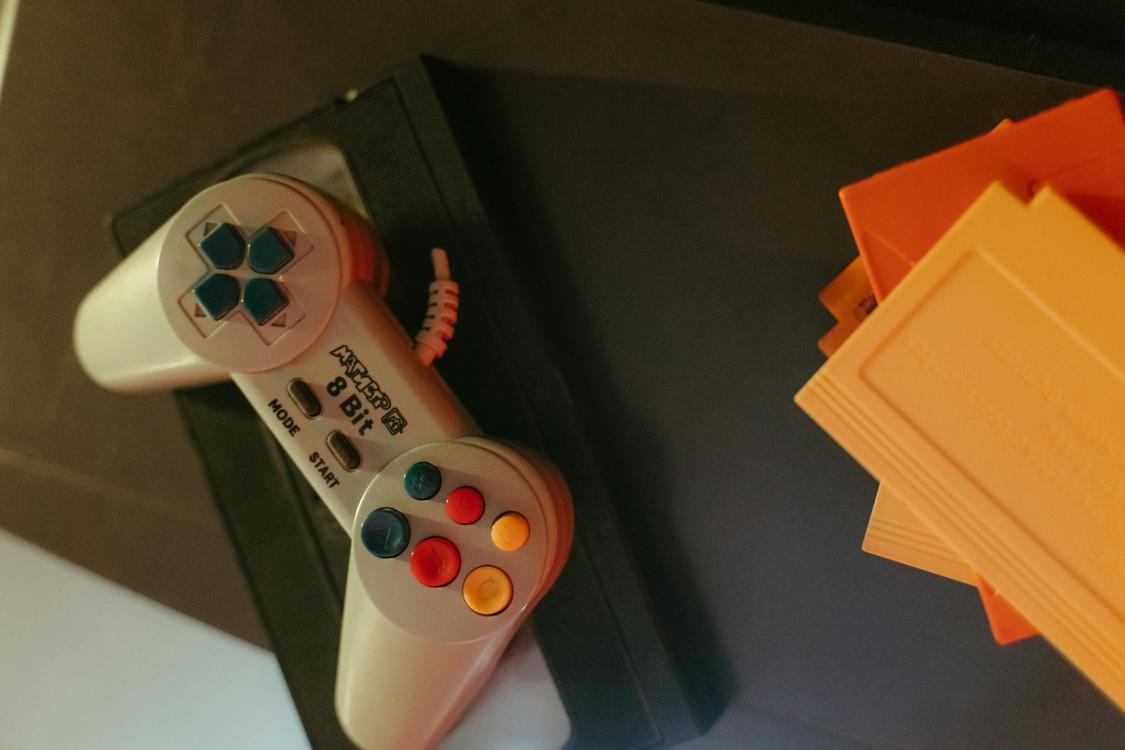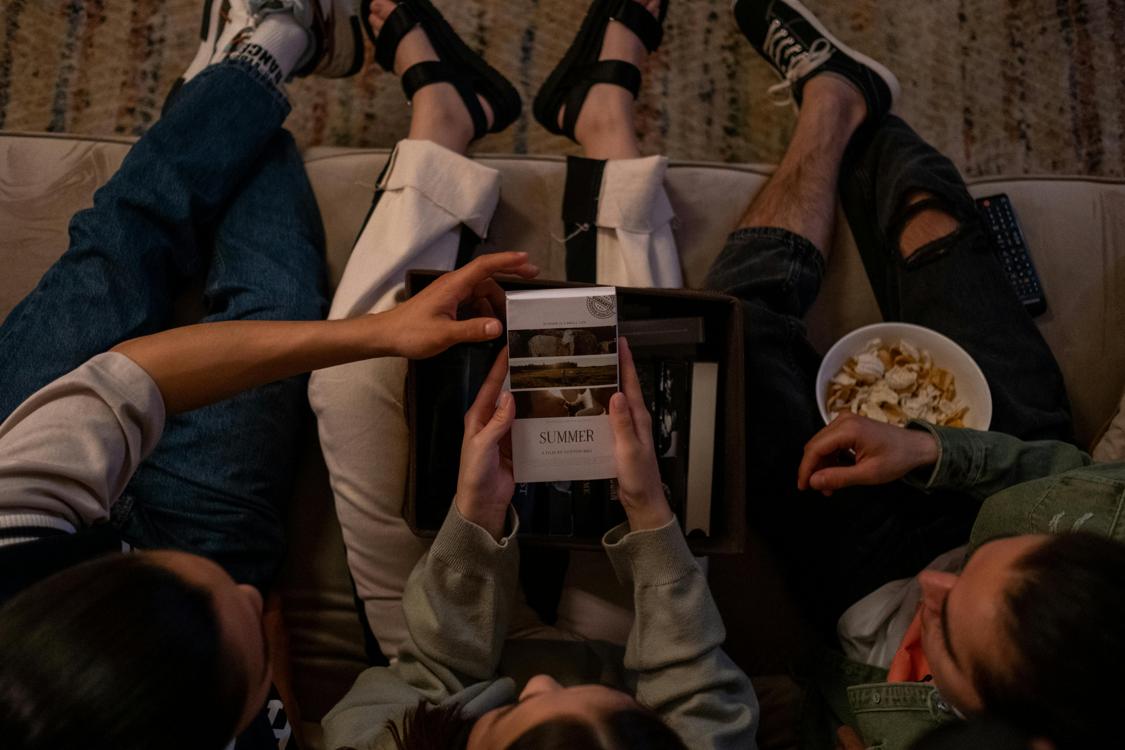VHS tapes may seem outdated, but they hold priceless memories like babies’ first steps and family weddings. This is why it’s important to take care of them and not throw them away.
VCRs and tapes degrade over time, but many physical problems are easily fixable, especially if you know how to copy vhs tapes. This article gives clear instructions to empower you to carry out repairs on your own before shipping your tapes for digitization.
1. Tape Slippage
While VHS tapes have been largely replaced by DVDs and streaming for recording and watching movies, millions of people still have their old home movie libraries on VHS. And, even though they may seem like a thing of the past, many of these tapes contain priceless memories that are a treasure to keep.
Unfortunately, VHS tapes have moving parts which means they have more opportunities to break or get dirty which could cause problems during digitization. Fortunately, most of these issues are fairly easy to fix.
Tape Slippage occurs when the spool inside of the cassette begins to lose tension and causes the tape path to be misaligned, which can result in poor quality video. This issue is especially common with older tapes that have been neglected or overused.
The best way to prevent this problem is to keep your tapes in a well-ventilated area that is not exposed to heat, light or humidity. Also, keep in mind that tapes do deteriorate over time, so it’s important to store them properly.
Whenever you notice that your tapes have started to slip, try rewinding them a few times and see if it helps. You can also try rubbing the edge of your tapes with candle wax to help give them more traction and prevent them from slipping.
Another option is to use one of the dozens of fast rewinder units that are out there, which can save wear on your VCR and eliminate tape slippage. They’re fairly inexpensive, too.
2. Broken Tape
Back in the day, VHS tapes were a great way to capture home movies and special memories on film for your family. But like most physical media, they weren’t meant to last forever – and over time many of them began to deteriorate. While there are many severe problems with videotapes, such as water damage, mold, and demagnetization that require professional repair and cleaning, there are some less serious issues with a VHS tape that you can easily fix on your own.
One common issue that happens with old VHS tapes is that they begin to become fuzzy or muffled. This is a result of the audio and control heads on your VCR getting gunked up with dust and grime. To get this fixed, you can simply clean your audio and control heads with a bit of rubbing alcohol and cotton swabs.
Another common problem with old VHS tapes is that they can become snapped or broken in the cassette case. This is usually a sign of a poorly functioning VCR that eats tapes, or it can also be caused by the tape itself wearing down over time. This is a bit more difficult to fix, but it’s still possible to do at home by removing the cassette casing and cutting the tape into two separate pieces before inserting them back into the VCR.
This method will work with any standard VHS, Super VHS, or even Compact VHS (VHS-C) tapes. Just be sure to inspect the cassette case carefully before you open it, and be sure not to damage the actual videotape itself in the process! If the cassette case is severely damaged or cracked, you’ll want to consider replacing it.
4. Dirty Pictures

Normally, VHS tapes will start to experience technical difficulties after a certain period of time. This is due to neglect and overuse of the tapes which leads to mold, dust, scratches, and other problems. When this happens, the video quality becomes fuzzy. Thankfully, there are a few things you can do to fix it.
Using the right tools and following some basic troubleshooting tips will help you repair your VHS video tapes quickly. The first step is to visually inspect the machine. Look for signs of mold and dirt, as well as any unusual noises during playback.
If the problems persist, you can try to clean the tape heads. However, be careful as this process can be difficult and dangerous. Besides, you should only perform this task when necessary, as it can damage the tape.
In addition, you should avoid using any tools that are not specifically designed for VHS. The cheapest ones typically have very limited features and may not be as effective as more expensive models. Additionally, they may not have any user threads or support from the manufacturer.
One of the most common reasons why you might be experiencing fuzzy videos is because of clogged tape heads. The solution for this is simple: clean the tape heads with a cleaning solution and wipe them down. After doing this, you should be able to get clear pictures again.
Dirty Pictures is a book that takes an interesting approach to its subject matter. Despite the fact that it contains more than 400 pages, there are no images in it. The only exception is the author’s headshot photo on the cover. It is an odd decision for a book that covers the history of a visual medium.
5. Tracking Lines
VHS is a coded magnetic tape that contains both audio and video recordings for devices connected to it. It’s a popular way to record important events, such as a baby’s first steps or the wedding of Mum and Dad. However, these home videos can deteriorate over time from neglect or overuse. This deterioration can cause many issues with your VHS tapes, including blurry pictures.
The best solution for this is to buy a USB digital capture device that has been specifically engineered for this task (with dedicated circuitry that can cope with the vagaries of VHS signals). While these are still expensive, they’re generally the only option for getting the highest quality possible from your old tapes.
Unfortunately, most of these devices are a bit of a sick joke: they’re marketed as USB capture devices but are actually optimised to digitize a pure and stable HDTV signal from a television tuner, not the crappy, inconsistent analog VHS signal that’s on your tapes. This makes them a terrible choice for people who want to salvage their old tapes, especially as they often don’t work at all or only produce a very low-quality result.
The good news is that there are some methods you can try to solve this problem, such as tape baking or using a special program to remove tracking lines from your videos. However, these methods are time consuming and can take a lot of patience. So, if you don’t have the time or money to spend on these solutions, your best bet is probably to simply get rid of your fuzzy VHS tapes and move on.


